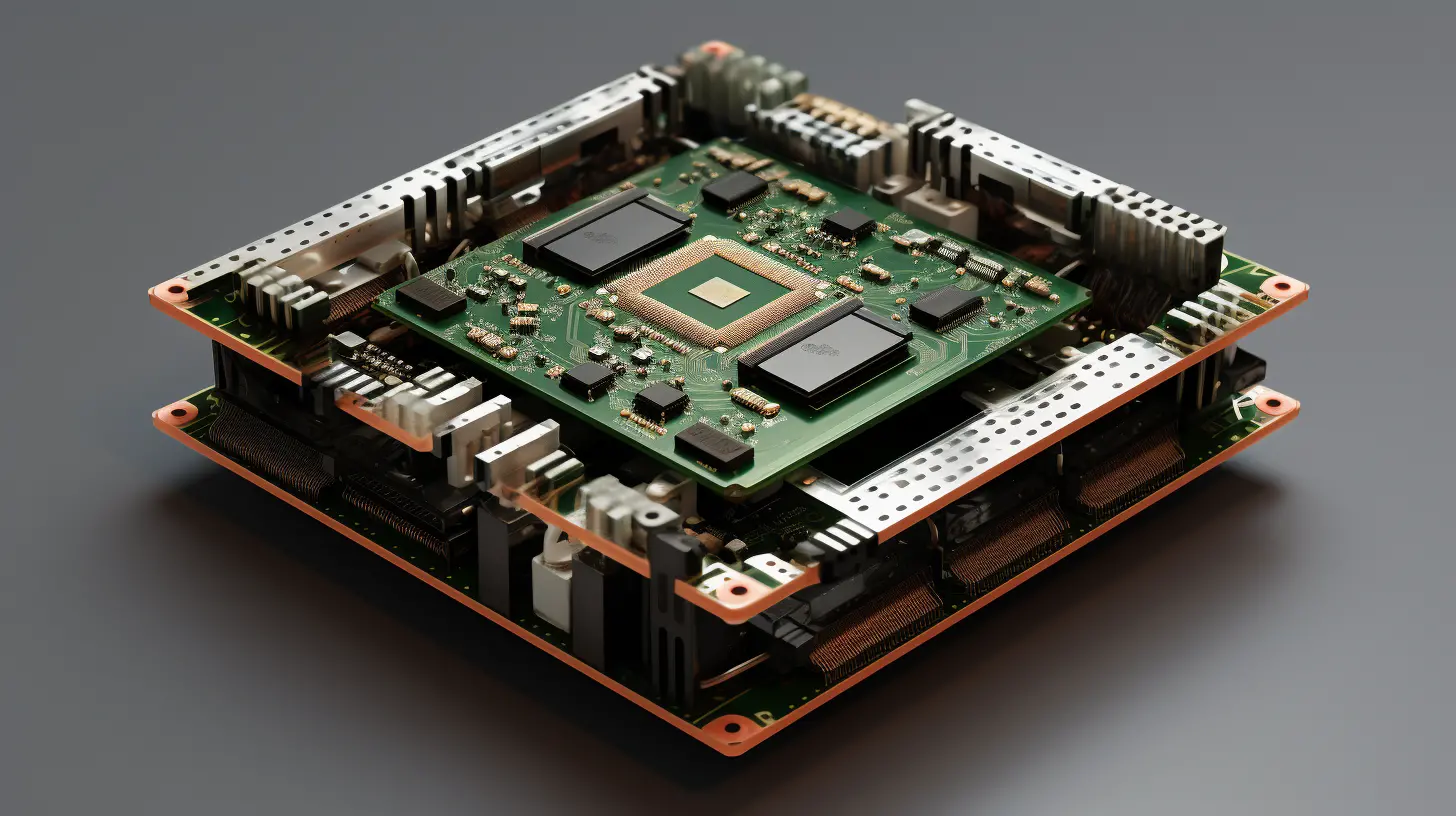In modern electronic equipment, the signal transmission stability of PCB (Printed Circuit Board) is crucial. To achieve efficient circuit design, electronic engineers face many challenges. This article explores several effective optimization strategies in a light-hearted and humorous way.
Choosing the right PCB material can significantly improve signal quality. The materials used in the early stage may not perform well at high frequencies, so using new low dielectric constant materials will undoubtedly greatly improve signal stability!
The signal path layout in PBC design cannot be ignored. Try to shorten the length of the signal line as much as possible and arrange the related components reasonably, just like preparing a delicacy, making the interaction between the PCB and the signal more harmonious.
Dealing with PCB pin reflow and ground design is key to maintaining signal stability. Proper return design is like opening a smooth green channel for signals, allowing every signal to arrive smoothly!
Have you ever encountered signal transmission problems in PCB design? Welcome to share your experiences and solutions in the comment area!

Summary: By optimizing material selection, layout design, and reasonable reflow strategies, PCB signal transmission stability will be greatly improved. I hope that engineers can flexibly use these strategies in their designs to achieve efficient circuit design.
